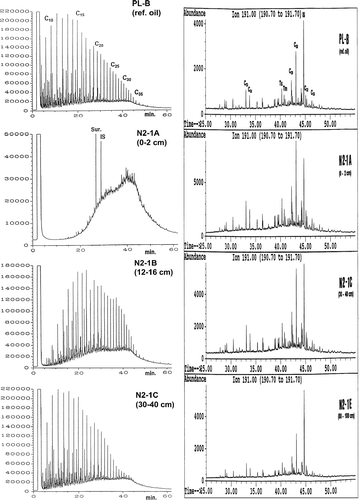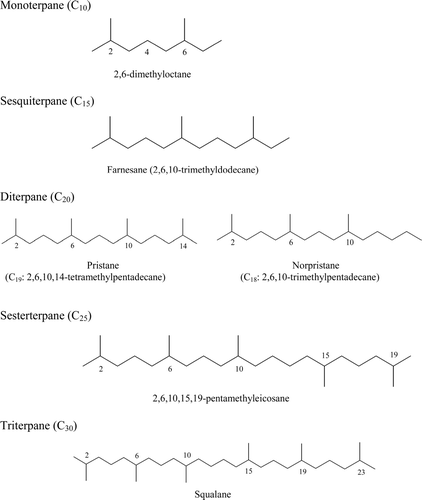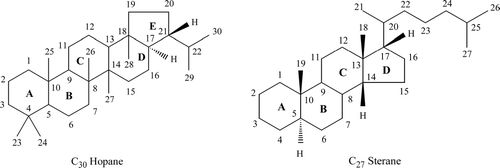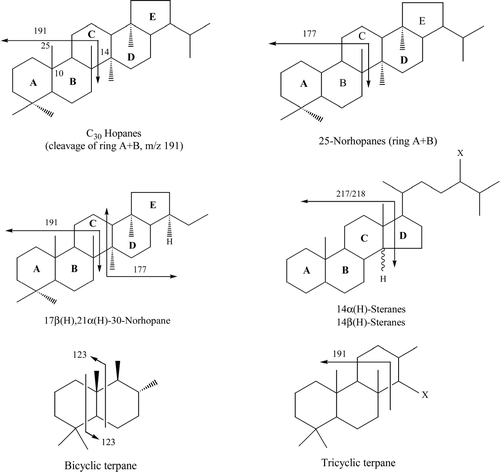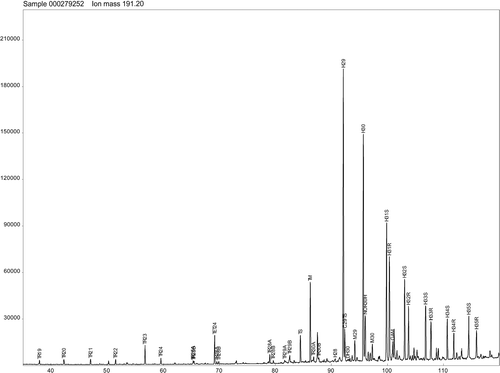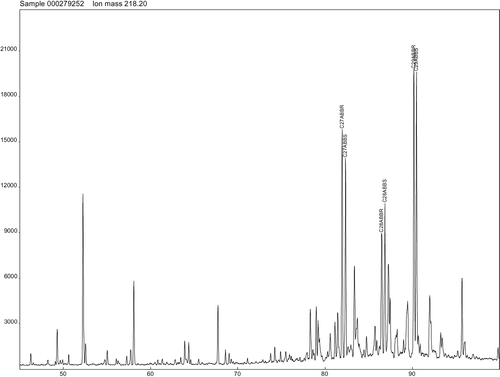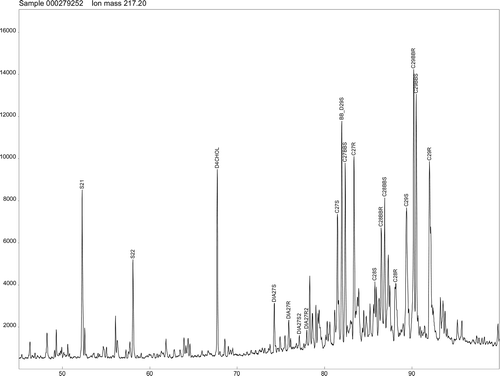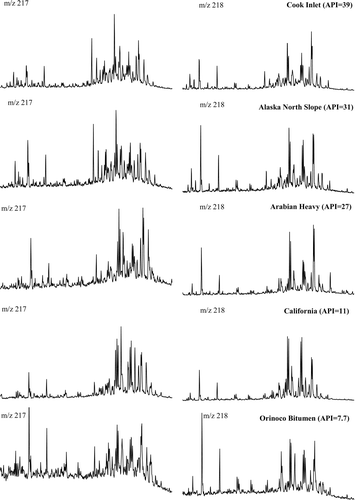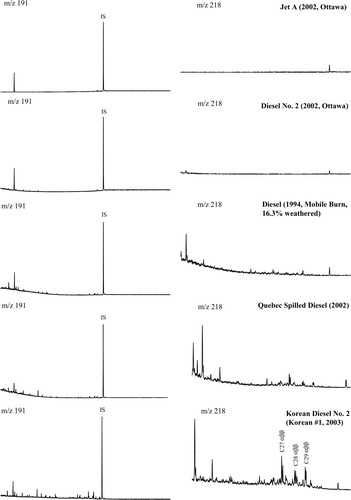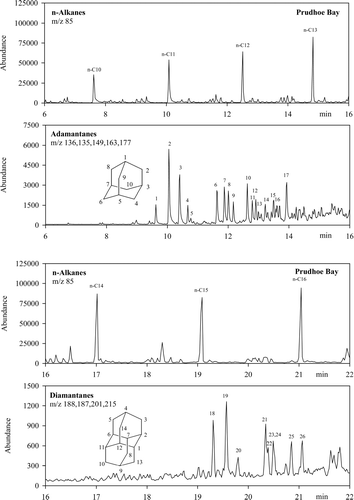Figures & data
Figure 1 Worldwide demand and supply for liquid petroleum from 1970 to 2004 (data from the US Department of Energy – ref. CitationDOE, 2004).
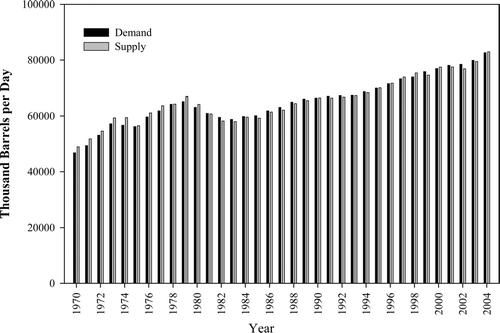
Table 1 Typical bulk composition of crude oils and petroleum products
Table 2 Source specific biomarker terpane and sterane compounds for oil spill studies
Table 3 Common modifiers and other nomenclature related to cyclic biomarkers
Figure 7 Carbon number range distribution of common cyclic biomarker classes in crude oil and petroleum products.
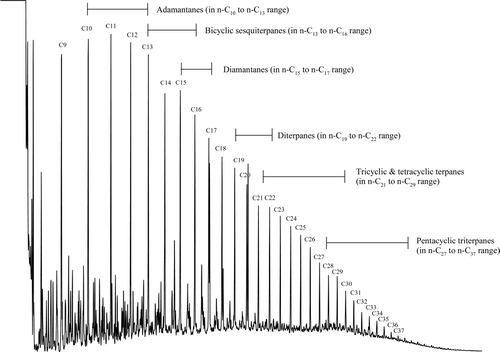
Figure 8 GC-MS chromatograms at m/z 191 for light to heavy crude oils. For comparison, the GC-FID chromatograms for these oils are also shown in .
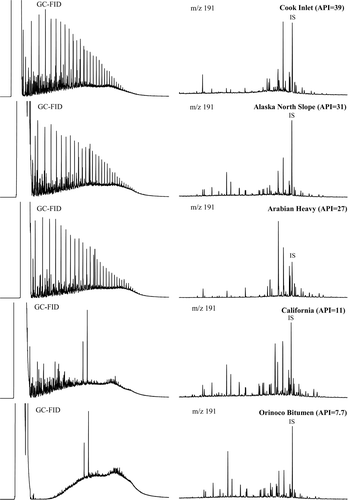
Figure 13 Left panel: mass chromatograms of the triaromatic steranes (TA, m/z 231). Right panel: mass chromatograms of the monoaromatic steranes (MA, m/z 253) in the aromatic hydrocarbon fractions of crude oils (NIST SRM 1582 oil and California Platform Irene) and refined products (a lubricating oil, and a Diesel No. 2 from Korea).
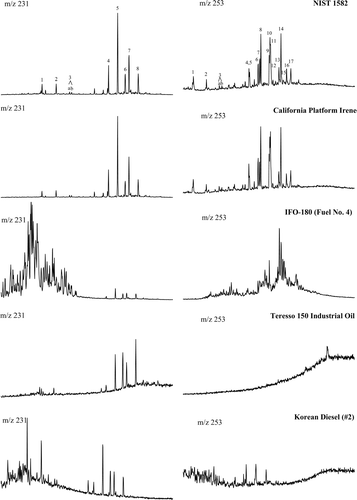
Table 4 Peak identification of the triaromatic steranes (TA-steranes, m/z 231) and monoaromatic (MA-steranes, m/z 253) in the NIST SRM 1582 oil
Figure 14 Left panel: GC-MS chromatograms of sesquiterpanes at m/z 123 for light, medium and heavy crude oils including Alaska North Slop (ANS), Arabian Light, Scotia Light oil (Nova Scotia), West Texas, and California API 11. Right panel: Comparison of SIM chromatograms of sesquiterpanes at m/z 123 for petroleum products from light kerosene to heavy fuel oil.
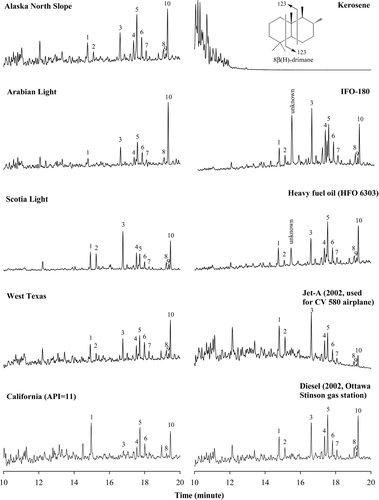
Figure 15 Cross plots of double ratios of Peak 4/Peak 5 versus Peak 3/Peak 5 of sesquiterpanes for over 50 different oils and refined products.
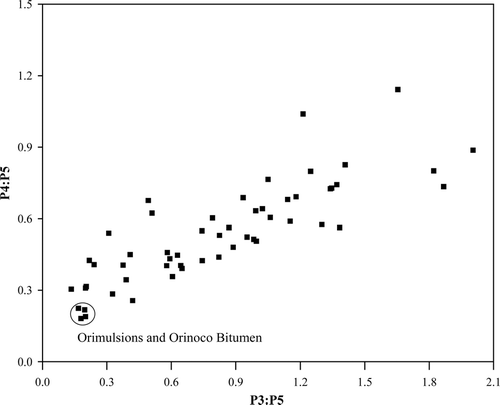
Table 5 Peak identification of diamondoid compounds in Prudhoe Bay oil
Table 6 Diagnostic ratios of biomarkers frequently used for the environmental forensic studies*
Figure 17 Molecular structures of a selection of unique biomarkers: Botryococcane (C34H70), bicardinanes, C30 17α (H)-Diahopane, 18α (H),21β (H)-30-norneohopane (C29Ts), 18α (H)-oleanane, 18β (H)-oleanane, 4α -methyl-24-ethyl-cholestane, C30 dinosteranes (4α, 23,24-trimethyl-cholestanes), and macrocyclic alkanes and methylated macrocyclic alkane.
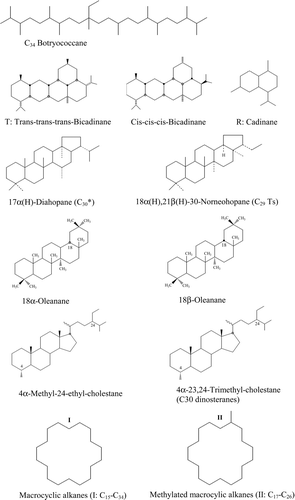
Figure 18 Distribution of terpanes (m/z 191) and steranes (m/z 218) for the ANS oil samples with evaporative weathering percentages at 0 and 31%.
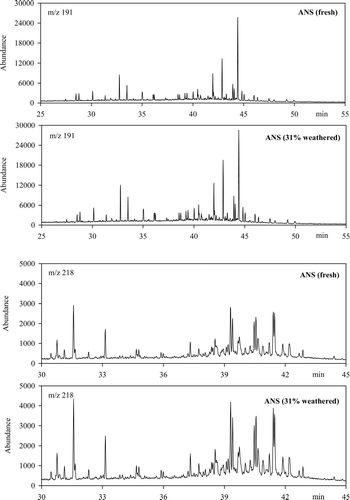
Figure 19 GC-FID (left panel) and GC-MS-SIM chromatograms for TPH and n-alkane analysis and biomarker terpane analysis of 25-year-old Nipisi oil spill samples collected from the same location and site but at varying sampling depths.
